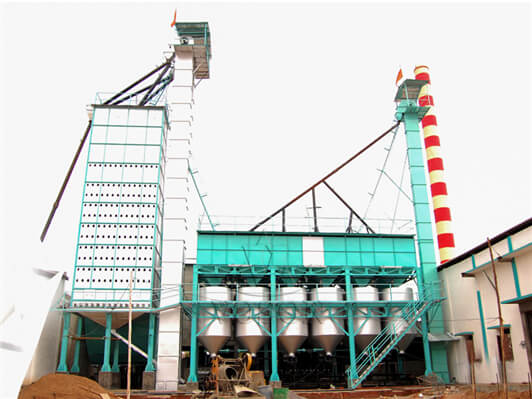Small Parboiled Rice Plant: Efficient Processing for Quality Rice
In the realm of rice processing, a small parboiled rice plant holds immense potential for optimizing production and ensuring superior quality. This article delves into the intricacies of setting up and operating a small parboiled rice plant, highlighting its advantages, key components, and the process involved. With a focus on efficiency and quality, discover how this compact solution can revolutionize your rice processing endeavors.
Parboiled Rice Processing: Unleashing the Potential of Small-Scale Plants
The parboiling process is a crucial step in rice processing that enhances its nutritional value, texture, and taste. For small-scale rice mill owners, investing in a dedicated small parboiled rice plant can yield significant benefits. By incorporating advanced technologies and streamlined processes, these plants offer improved efficiency, reduced energy consumption, and enhanced product quality.
Advantages:
- Increased Efficiency: Small parboiled rice plants are designed to optimize productivity within limited space. They feature compact layouts and efficient machinery, allowing for seamless processing from paddy intake to final product packaging. With streamlined operations, the plants offer higher processing capacities and quicker turnaround times.
- Superior Quality: The parboiling process in small-scale plants ensures uniform gelatinization and improved grain quality. The precise control of soaking, steaming, and drying parameters results in rice with enhanced nutritional content, better texture, and reduced broken grains. This leads to higher market value and increased customer satisfaction.
- Energy Efficiency: Small parboiled rice plants incorporate energy-saving technologies to minimize power consumption. Utilizing efficient steam generation, heat recovery systems, and optimized drying methods, these plants reduce energy costs while maintaining consistent processing quality.
Key Components:
- Paddy Cleaning and Dehusking: The plant begins with paddy cleaning and dehusking, removing impurities and husks to obtain clean rice.
- Parboiling System: The parboiling process involves soaking the paddy, followed by steaming and drying. Small parboiled rice plants utilize compact and automated systems for efficient and controlled parboiling.
- Drying and Cooling: After parboiling, the rice is dried using specialized drying systems to achieve the desired moisture content. Cooling processes ensure proper storage and prevent moisture absorption.
- Milling and Polishing: The dried parboiled rice is milled to remove the outer layers, bran, and germ. Polishing enhances the appearance and removes any remaining impurities.
- Packaging and Storage: The final step involves packaging the processed rice into various sizes and storing it in suitable containers to maintain its quality and freshness.
Conclusion:
Investing in a small parboiled rice plant unlocks immense potential for small-scale rice mill owners. These compact solutions offer efficient processing, superior quality, and energy-saving features. By incorporating advanced technologies and streamlined processes, small parboiled rice plants are paving the way for optimizing rice processing at a smaller scale. Embrace this innovative solution and elevate your rice processing endeavors to new heights.If you are looking for a reliable supplier of Small Parboiled Rice Plant, contact us today. We have a wide range of models and prices to suit your needs and budget.

